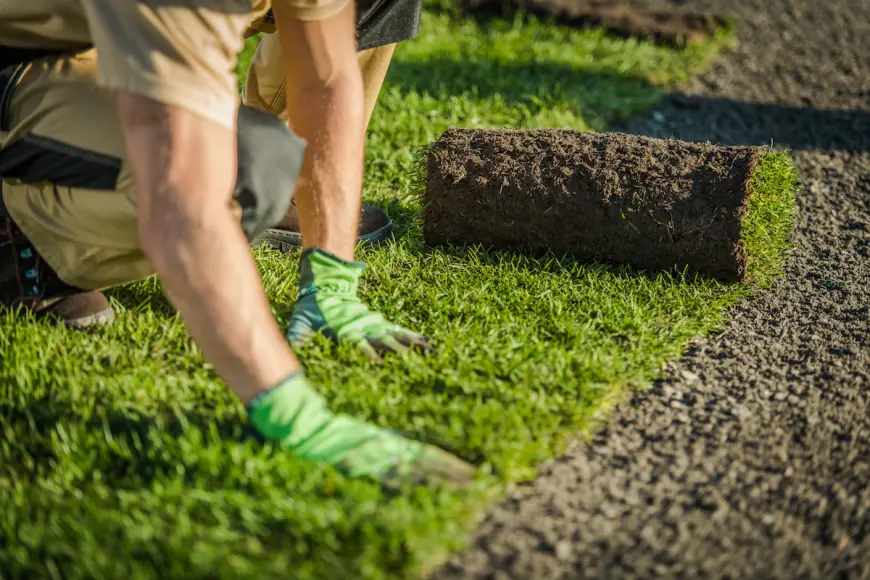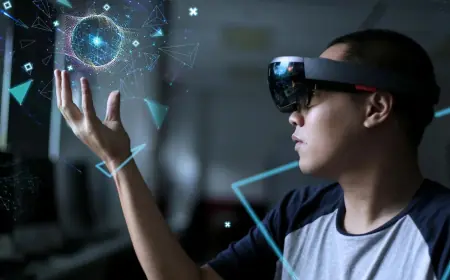Why Artificial Grass Installers Recommend Synthetic Turf for Sports Fields

Artificial grass refers to synthetic turf, which has truly changed the whole concept of sports fields by making it more aesthetic and easier to upkeep. An item to be sought after, synthetic turf now rapidly becoming the catchall for most sports facilities is a maintenance-saving marvel. Durability – recommended as common maintenance with other unsung virtues – has held a grand appeal in synthetic turf installations, garnering this product the fame it holds in professional and recreational fields.
Durability and Longevity:
Synthetic turf is widely accepted for sports fields primarily because of its durability. Under heavy use, natural grass can quickly deteriorate. It is made with properties that are durable enough for the amount of foot traffic and rigorous activity that will be occurring on sports fields hosting frequent matches and practices. Under intense weather conditions, synthetic turf maintains its integrity well and won’t damage easily from rain, heat, or frost.
Proper installation and minimal maintenance ensure that artificial grass can last for 10-15 years, which is a long time considering the investment that goes into a sports facility.
Consistent Playing Surface:
Sports performance and safety demand consistency on the playing surface. Natural grass fields tend to create uneven patches, bare spots, or muddy areas, which might pose risks to players and change the outcome of the game. Synthetic turf offers a uniform and stable surface all year round.
The latest artificial grass systems are made to replicate the feel and look of natural grass, with enhanced grip and shock absorption, reducing chances of slips or falls, and lowering the probability of injury.
Low Maintenance Requirements:
Developing a grass field is labor-intensive and expensive. Activities like mowing, watering, fertilizing, and pest control often consume much time and other resources. Synthetic turf does away with all these routine maintenance activities, hence saving time and costs for sports facility managers.
Artificial turf does not require irrigation systems or chemical treatments. Maintenance usually includes brushing the turf to keep the fibers upright and removing debris for cleanliness. Such low maintenance is especially useful for sports fields that must be used throughout the year, as this reduces downtime for maintenance.
Weather Resistance:
The weather conditions dictate natural grass fields. Heavy rain will make the fields waterlogged, and drought will make the grass wither and die. Synthetic turf offers a weather-independent solution, so the sports field will be playable regardless of the season.
Modern artificial grass has been engineered to have excellent drainage systems that allow water to pass through without puddling. This, in turn, eliminates the need for rescheduling or calling off games on account of rain. The second advantage of artificial turf is that it does not become muddy and slippery in the wet conditions of the field, ensuring a safe environment for players in such situations.
Cost-Effectiveness:
Although installing synthetic turf may be more expensive than planting natural grass, the long-term savings are significant. Artificial grass requires very little maintenance, which cuts down on the cost of labor, water, and chemicals in the long run. Long term, the savings will cover the initial investment, so synthetic turf becomes more economical for sports fields.
Synthetic turf can accommodate multiple sports and events without any risk of damage, thus maximizing the usage of the field and revenue potential. School grounds, universities, and community sports grounds can have anything from a soccer tournament to concerts without being bothered about the state of the ground. This also is one reason that synthetic turf comes in cheaper than other turf products.
Environmental Benefits:
Contrary to the perception that synthetic turf is less eco-friendly, it offers several environmental benefits. Artificial grass does not require chemical fertilizers, herbicides, and pesticides, which can contaminate soil and water sources. It also reduces the usage of water since there is no need for irrigation.
Some modern synthetic turf systems are made from recycled materials, further enhancing their sustainability. While natural grass contributes to carbon sequestration, the resources required to maintain it often negate these benefits. With synthetic turf, sports facilities can minimize their environmental footprint while still enjoying a functional and visually appealing playing surface.
Enhanced Aesthetics and Versatility:
Synthetic turf provides a consistently lush and green appearance to the overall aesthetics of sports fields. Natural grass typically goes uneven and even gets discolored at times. Artificial grass, on the other hand, shows a rich appearance throughout the year. Visibility is a major factor for big games where a huge crowd and media gather. Another aspect is that synthetic turf can be designed to meet the specific requirements of different sports.
Lines, logos, and markings can be permanently embedded into the turf, thereby not requiring constant repainting. Such flexibility makes synthetic turf ideal for multi-purpose sports fields, accommodating soccer, football, rugby, and even non-sporting events such as concerts or community gatherings.
The End:
Synthetic turf is now the choice for sports fields due to its durability, low maintenance, and consistency of the playing surface. It's best to seek the help of experienced artificial grass in Santa Monica for a high-quality installation that can meet your sports field’s needs.
What's Your Reaction?
 Like
0
Like
0
 Dislike
0
Dislike
0
 Love
0
Love
0
 Funny
0
Funny
0
 Angry
0
Angry
0
 Sad
0
Sad
0
 Wow
0
Wow
0
























































